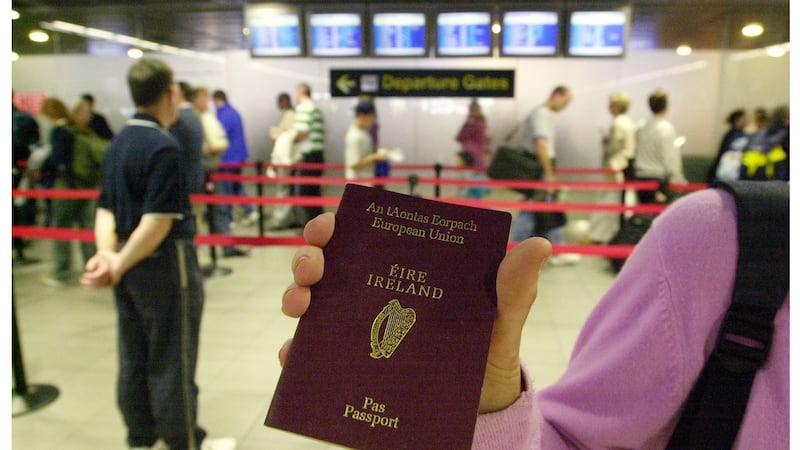The speed at which Irish pubs are permanently turning off the lights has accelerated since the pandemic with an average of more than 150 pubs calling time on their business every year since 2019, according to figures published on Wednesday morning.
Irish pubs at home continue to be a significant draw for tourists and one of Ireland’s most significant cultural exports, with bars awash with shamrocks and stout harps operating everywhere from Argentina to Zambia.
However the business has never been tougher with close to 2,000 or 22.5 per cent of pubs closing since 2005, a report from the Drinks Industry Group of Ireland (DIGI) published shows.
According to the data, an average of 152 pubs have shut each year since 2019 and over 450 pubs have gone out of business since the start of the Covid-19 pandemic.
RM Block
The biggest impact has been recorded in rural Ireland. While 3.4 per cent of the pubs in Dublin closed between 2005 and 2022, Co Limerick lost 32 per cent of its bars. Roscommon now has just over 30 per cent fewer pubs, while Cork, Laois and Roscommon have also recorded a similar level of closures.
[ Conflicting views emerge over planned pub licensing laws overhaulOpens in new window ]
[ The Local: A love poem to the Irish pubOpens in new window ]
An economic and social analysis of the numbers conducted by economist Anthony Foley on behalf of the DIGI suggests that the 6,680 pubs operating across the country are “at the cultural and social heart of their communities, supporting social relationships and, community cohesion and social capital, reducing the risk of isolation”.
He said there were multiple reasons for pub closures and suggested that the “cause and impact of these closures requires full consideration given the knock-on impact it has on the fabric of local communities as social outlets”.
Mr Foley pointed out the Irish pub remained “a significant component of the tourism infrastructure and the tourism experience which is based on hospitality and service provision. There are now 1,937 less locations for visitors to find and benefit from services such as food and entertainment.”
DIGI spokeswoman Kathryn D’Arcy said the analysis “paints a stark picture of a sector that is fighting against continued decline due to a number of significant external pressures – many of which are outside of our control”.
[ Electricity consumption in restaurants, pubs and retail jumps by at least 14%Opens in new window ]
[ ‘A pub is now charging €9.50 for a glass of wine. Why would you want to go out?’Opens in new window ]
She said Ireland had “some of the highest excise duties in the world and the second-highest in Europe overall, despite the industry being at the heart of Ireland’s tourism sector”.
According to Ms D’arcy, most of the pubs which have gone “represent the closure of a small or family-run business, the loss of a livelihood and the disappearance of a high-street landmark.
“We must create a sustainable operating environment for the sector and particularly those in more rural parts of the country who are being disproportionately impacted by government policy.”



















